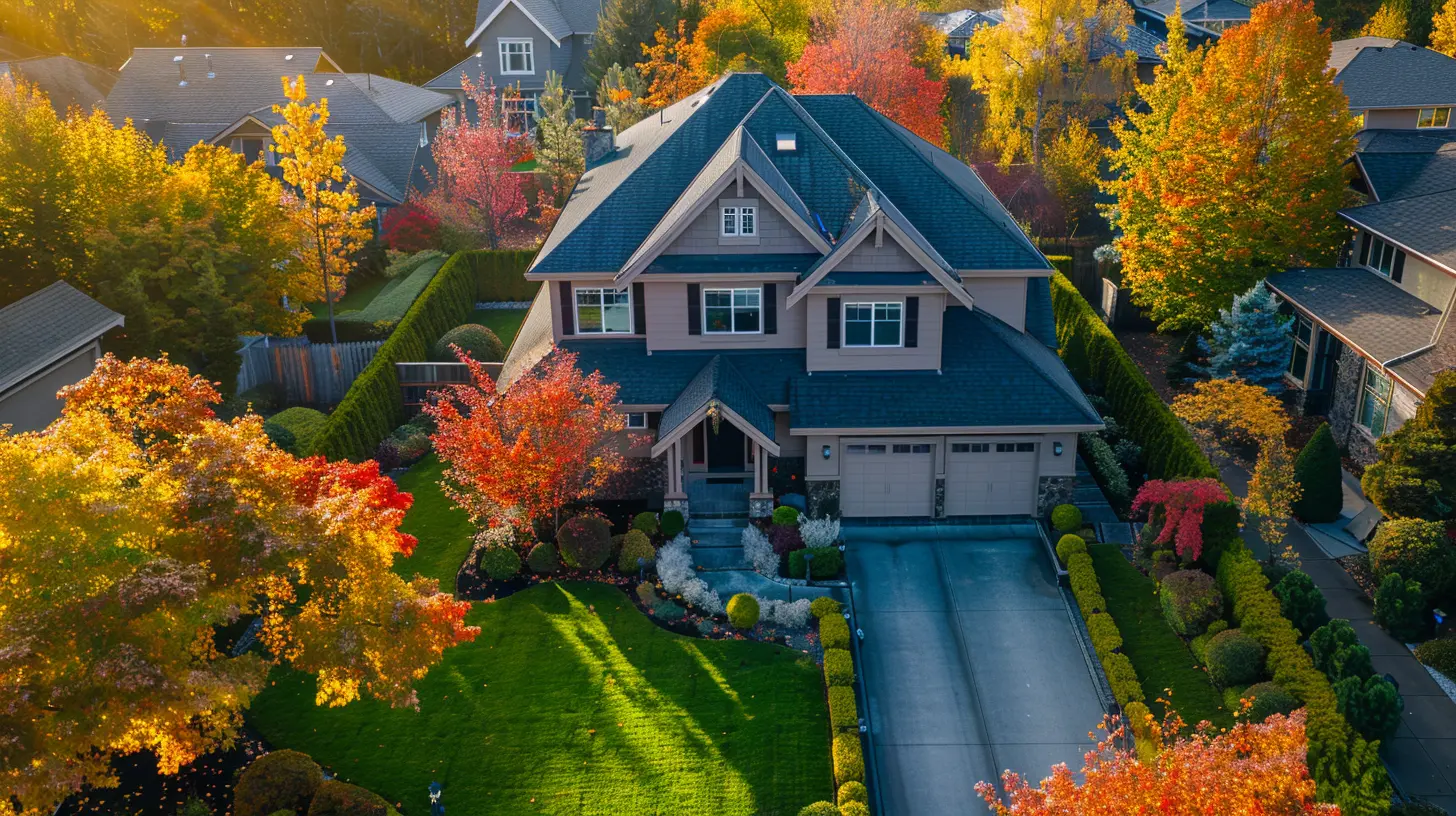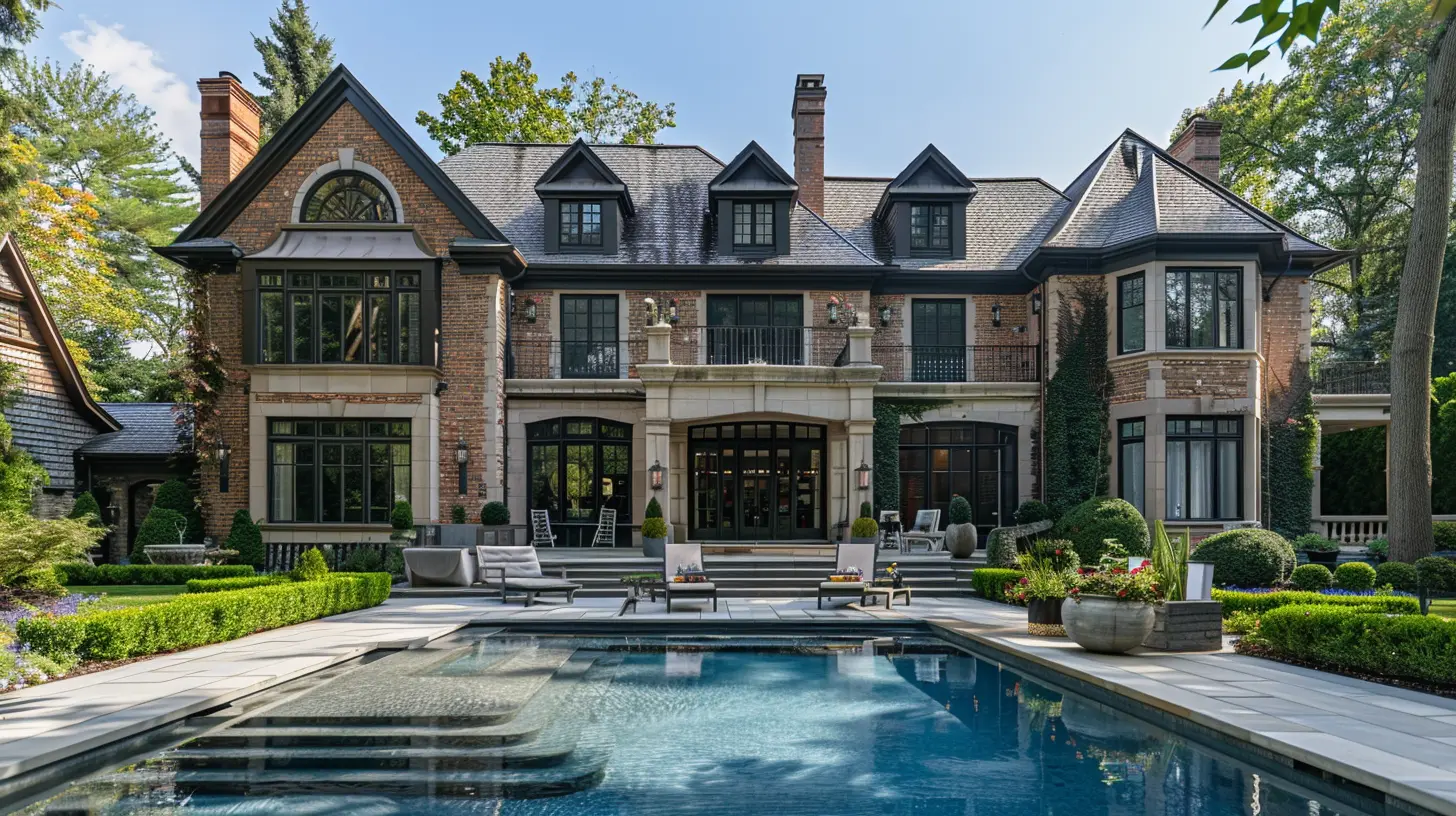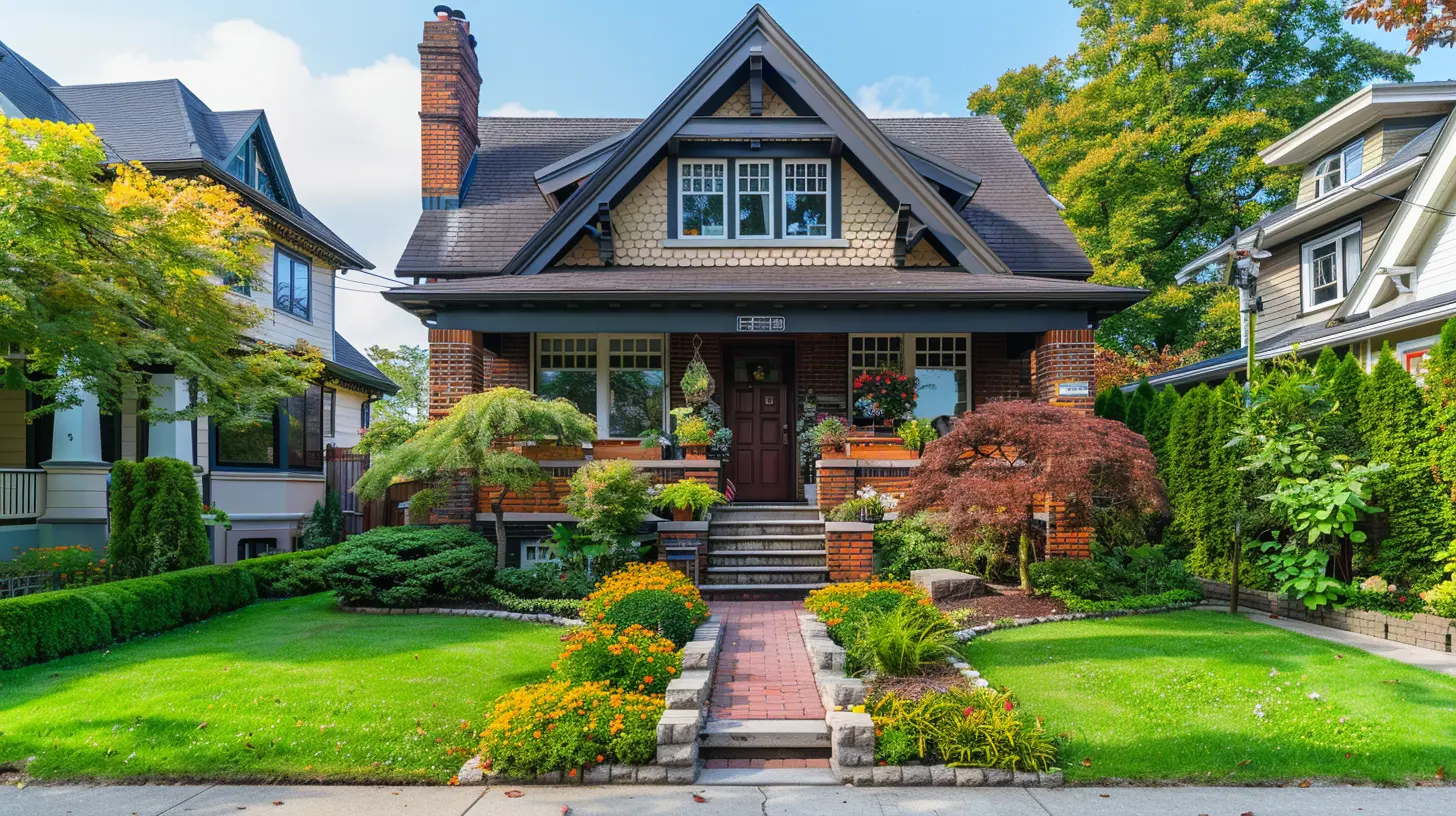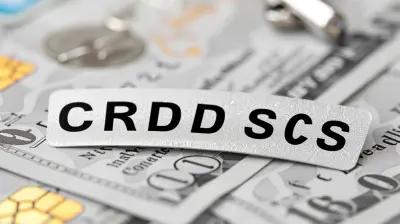Successful Strategies for Flipping Properties
12 July 2025
Flipping houses sounds like a dream, right? Buy a rundown property, give it some love, and sell it for a sweet profit—all while looking like a real estate guru. But let’s be real: it’s not as easy as reality TV makes it seem. If you go in without a game plan, you might end up with an expensive headache instead of a healthy bank account.
So, how do you flip houses the right way? Buckle up because we’re about to dive into the nitty-gritty of successful property flipping. From finding the right house to selling it for top dollar, we’ve got you covered.

1. Know Your Market Like the Back of Your Hand
Before you even think of swinging a hammer, you need to understand the real estate market. That means knowing:- Which neighborhoods are hot (and which are not)
- The average home prices in the area
- What buyers are looking for
You wouldn’t dive into a poker game without knowing the rules, right? The same goes for real estate. Research recent sales, attend local open houses, and chat with real estate agents. The more you know, the better your chances of making a smart purchase.

2. The Golden Rule: Buy Low, Sell High
This one’s obvious, but you’d be surprised how many people forget it. You make money when you buy, not when you sell. Translation? If you overpay for a property, you're already setting yourself up for failure.Look for homes that are:
✅ Underpriced compared to the neighborhood
✅ Distressed (but not totally falling apart)
✅ Structurally sound with cosmetic issues
A house with outdated wallpaper? No problem. A house with foundation issues? Run.

3. Budget Like a Boss
Flipping a house isn’t just about the purchase price. You need to factor in renovation costs, holding costs, and selling expenses. Here’s a basic breakdown:- Purchase Price: The cost of the home
- Renovation Costs: Materials, labor, permits
- Holding Costs: Utilities, property taxes, insurance, loan interest
- Selling Costs: Realtor fees, closing costs
A smart flipper follows the 70% Rule: Never pay more than 70% of the after-repair value (ARV) minus renovation costs. This gives you a safety net in case unexpected expenses pop up (and trust me, they will).

4. Build a Rockstar Team
Unless you’re a one-person powerhouse who can inspect, renovate, and sell a house solo (hint: you’re not), you’ll need a reliable team. Your dream team should include:- A savvy real estate agent (who knows the market inside out)
- A trustworthy contractor (because flaky contractors are a nightmare)
- A home inspector (so you don’t buy a money pit)
- A real estate attorney (to handle legal headaches)
Having the right people on your side can make or break your flip. Invest in quality professionals, and they’ll help you turn a profit.
5. Renovate Smart – Don’t Overdo It
It’s easy to go overboard with renovations. You start with a fresh coat of paint and suddenly you’re tearing down walls and building a chef’s kitchen. But this isn’t your dream home—it’s an investment.Focus on high-impact, budget-friendly upgrades like:
✅ New paint and flooring – Instantly freshens up the space
✅ Updated kitchens and bathrooms – Where buyers focus the most
✅ Curb appeal – First impressions matter!
Avoid luxury upgrades unless the neighborhood calls for it. You don’t need marble countertops in a budget-friendly home. The goal is to make the property look great without burning through your profits.
6. Time is Money – Flip Fast
Every day you hold onto a flip, you’re bleeding money. Property taxes, utilities, mortgage payments—they’re all eating into your potential profits.To avoid this:
🔹 Plan renovations efficiently – Have materials and contractors ready before closing
🔹 Stick to a strict timeline – Delays equal extra costs
🔹 Sell strategically – List the home at the right price to attract buyers fast
A successful flip is typically completed within 3-6 months. Anything beyond that, and you’re risking diminishing returns.
7. Price It to Sell, Not to Sit
You might love your renovation work, but if you price too high, your home will sit on the market, racking up holding costs. Competitive pricing is key.🔹 Check comparable sales (comps) – See what similar homes sold for
🔹 Consider buyer psychology – Homes priced just under major cutoffs ($299,000 vs. $301,000) attract more interest
🔹 Be flexible during negotiations – A slightly lower price is better than months of carrying costs
Your goal is to sell quickly at a profitable price point, not hold out for an unrealistic payday.
8. Have a Backup Plan
No matter how much research you do, things can go sideways. What if the market shifts? What if buyers aren’t biting?Always have a backup strategy:
💡 Rent it out – If selling isn’t an option, put tenants in until the market picks up
💡 Sell to an investor – Wholesalers and rental investors might be interested
💡 Break even and move on – Sometimes, minimizing losses is the best move
Smart flippers know when to cut their losses and regroup for the next deal.
9. Keep Learning & Improving
Flipping houses isn’t a one-and-done game. The best flippers constantly learn from past mistakes and adapt their strategies.✔ Network with other investors – Join real estate groups and forums
✔ Attend local real estate events – Get insider tips from experienced flippers
✔ Stay updated on market trends – Real estate is always changing
The more you refine your approach, the more successful you’ll be in future flips.
Final Thoughts
Flipping properties can be incredibly rewarding—if you do it right. It takes patience, planning, and a little bit of guts. But when you buy smart, renovate wisely, and sell strategically, you can turn a tidy profit while having fun in the process.So, ready to roll up your sleeves and tackle your first flip? Just remember: buy low, renovate smart, and sell fast. Do that, and you’ll be well on your way to flipping success!
all images in this post were generated using AI tools
Category:
Real Estate MarketAuthor:

Eric McGuffey
Discussion
rate this article
1 comments
Isabelle Williams
Flipping properties: where hammers meet hustle! Just remember, in real estate, profit margins are like avocado toast—always better when you know what you’re doing!
August 2, 2025 at 4:00 AM

Eric McGuffey
Great analogy! Knowledge and strategy are key to maximizing profit in flipping. Happy renovating!


